We follow Holly and Maria's journey as Italia Slow Tour correspondents
A Tour of Iglesias
Falling in love with Sardinia is easy
by Holly Fizer
Day One: Iglesias
When we stepped off of the plane in Cagliari, we were met with a windy evening in Sardinia. Yet the beautiful island of Sardinia presented us with a beautiful and warm welcome as we drove to Iglesias to begin our weekend. With our guide from Iglesias Turismo, we explored several churches in the center of Iglesias.
The first we visited was the Cattedrale di Santa Chiara in Piazza Municipio. It was constructed in the late 13th century. The lower part of the cathedral is Romanesque and the top gothic in its architectural styles. Both the outside and interior of the cathedral are stunning to view. And the piazza itself provides a large space to sit and admire the buildings. In the evening children played soccer in front of the church. The churches and piazzas of Iglesias provide a location for congregation and enjoyment of life. There were always people milling about these areas in particular as we explored the city ourselves.
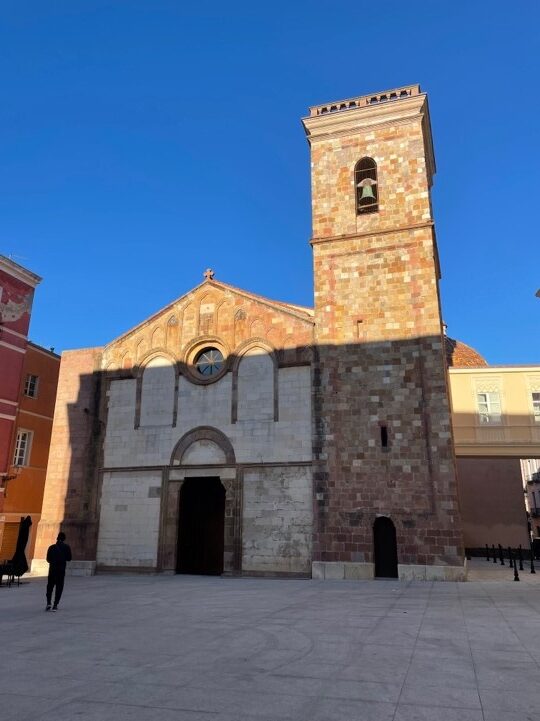
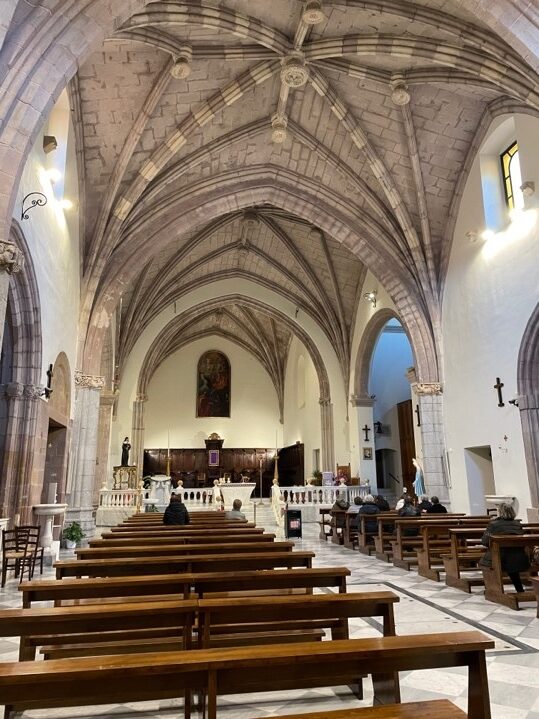
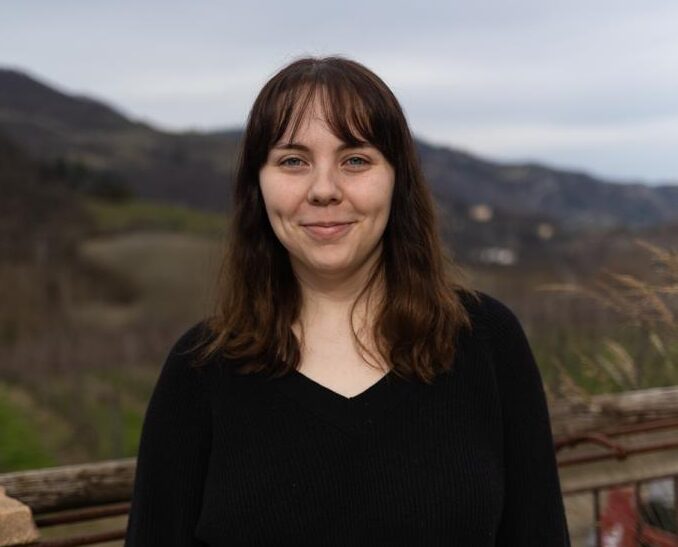
The people we encountered during our trip also stood out for their kindness and generosity. At the Chiesa di San Michele, we were given numerous pamphlets and books to read about the Holy Week held in Iglesias. While we were not there to witness the events in person, we were able to see photos of the white costumes worn by men and the different costumes worn by children as well in celebration of their Holy Week. At this church we were introduced to several members of the congregation who were meeting at the time. The generosity and friendliness of the people of Sardinia truly shined through in moments like these throughout our weekend there.
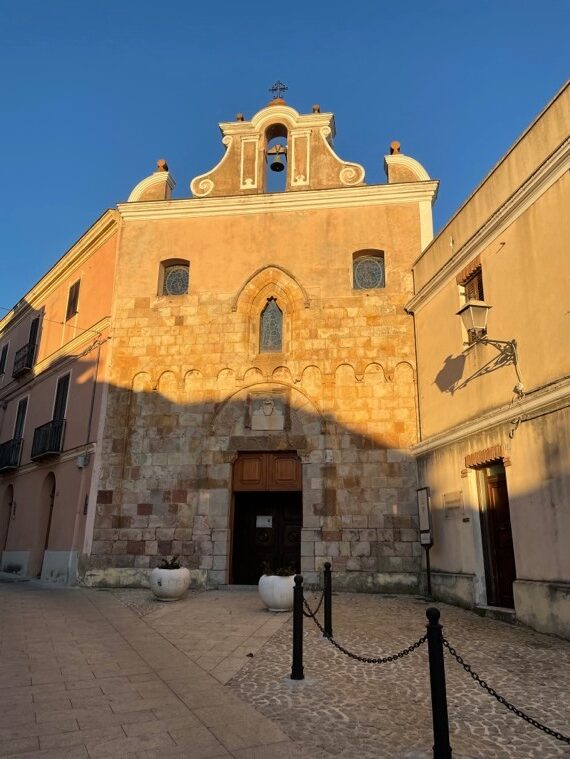
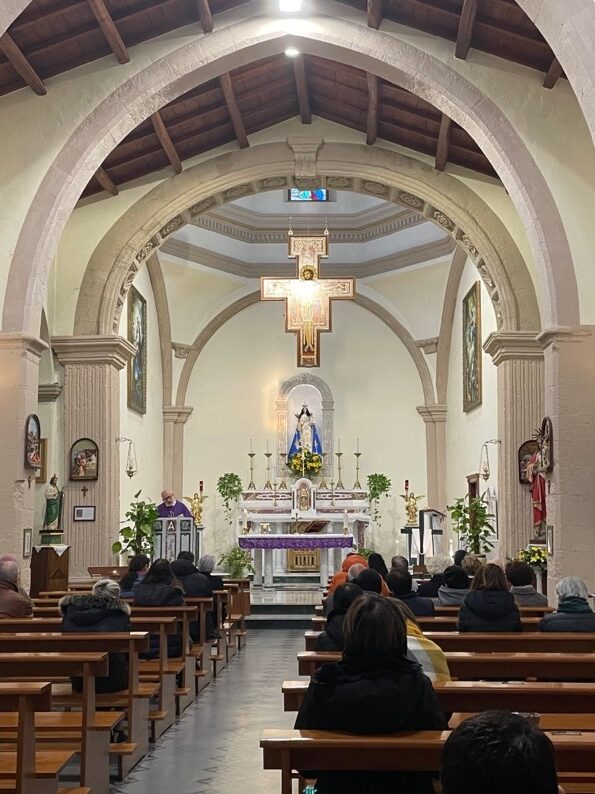
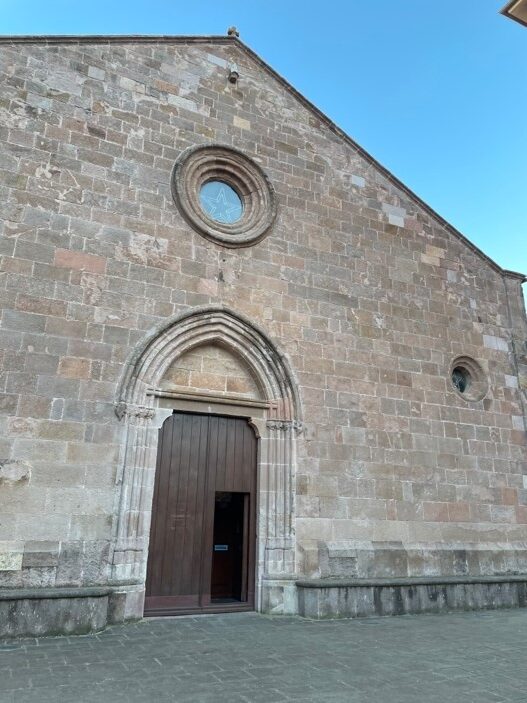
We also visited the Chiesa della Madonna delle Grazie and the Chiesa di San Francesco. Looking at the front of the Chiesa della Madonna delle Grazie, the Spanish influence upon the city is evident in the architecture of the exterior. And inside of the Chiesa di San Francesco is a figurine of a pregnant Virgin Mary. This same figurine can be found on the outside of the church up high. While it is difficult to see this small figurine from the outside, it is displayed wonderfully inside of the church.
In Iglesias, even the walks we took between the churches were breathtaking. The hills around Iglesias provide a picturesque background to many of the streets. And my personal favorite building is in Piazza Lamarmora with advertisements which were painted on the building in the early 20th century. And while this walk was particularly windy and cold, our exploration of the city continued to stun. Even at night, Iglesias provided warmth with yellow lights and beautiful views.
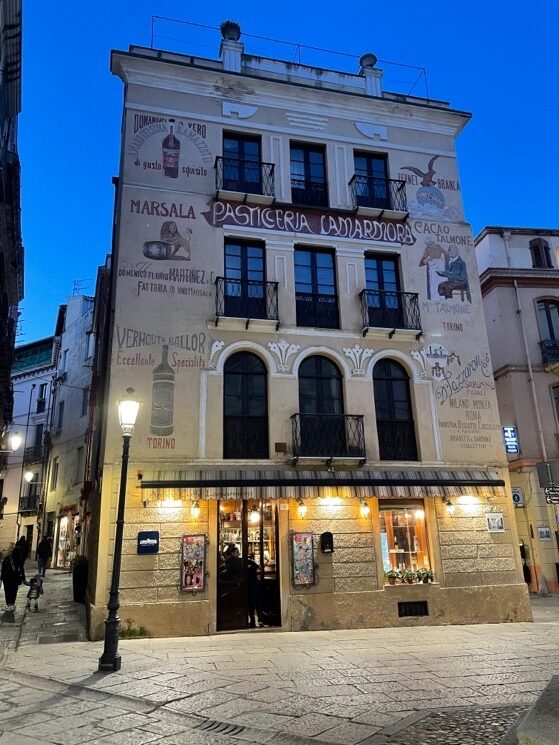
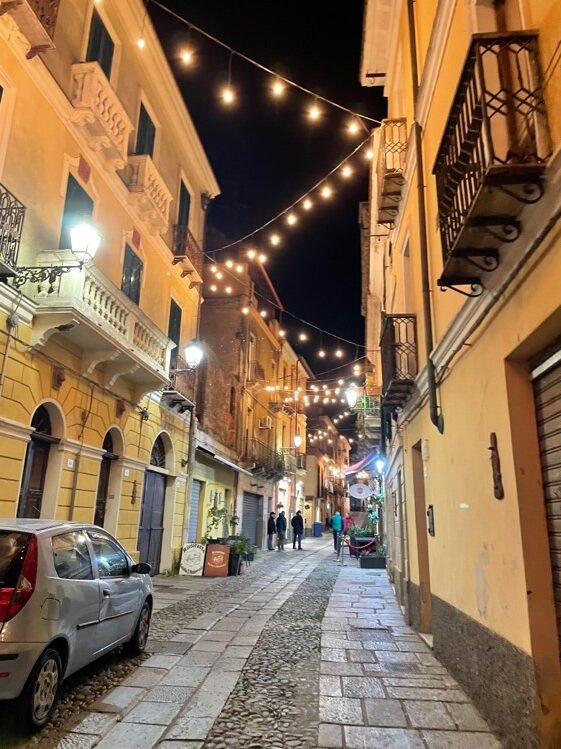
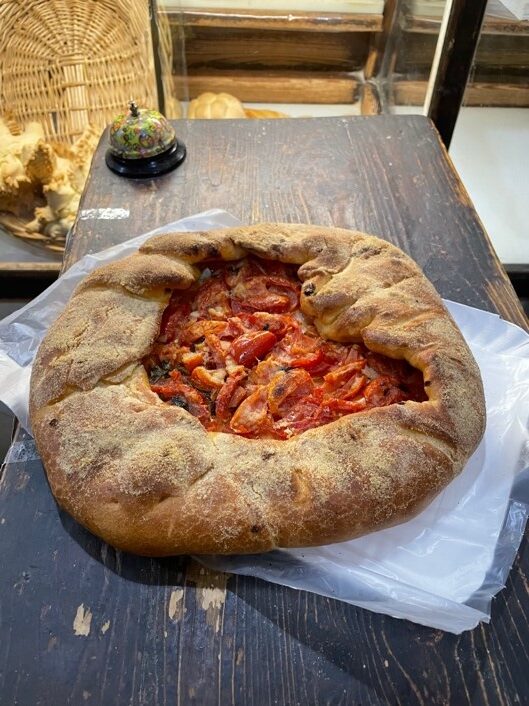
We ended our tour of Iglesias trying su mustatzeddu filled with oil, tomatoes, garlic, and basil. If you head to Iglesias, it is a dish you absolutely have to try! While the ingredients may seem simple on the surface, the flavor was incredible.
Day Two: Costa di Nebida and Porto Flavia
Our second day began with a walk down to sea-level along the Costa di Nebida to see the Laveria Lamarmora. While the facility was used for the processing of minerals until its closure in the 1970s, today it provides a beautiful setting for a hike and history lesson. In its prime the facility would have been lively with workers. Now, there is a quiet over the area with some of the most breathtaking views of the sea. The journey down and back up again to the top may have been long, but the walk is worth the exertion to view the water along the coast and the dilapidated structure that rests there.
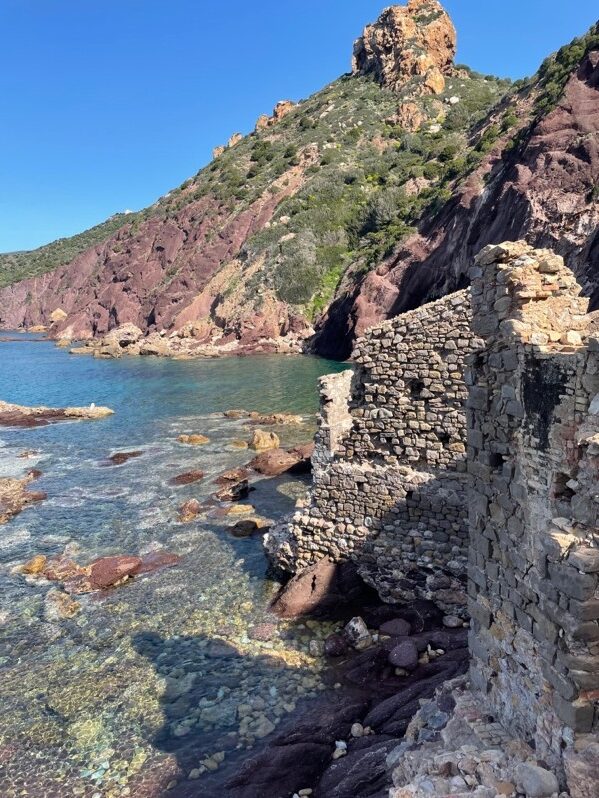
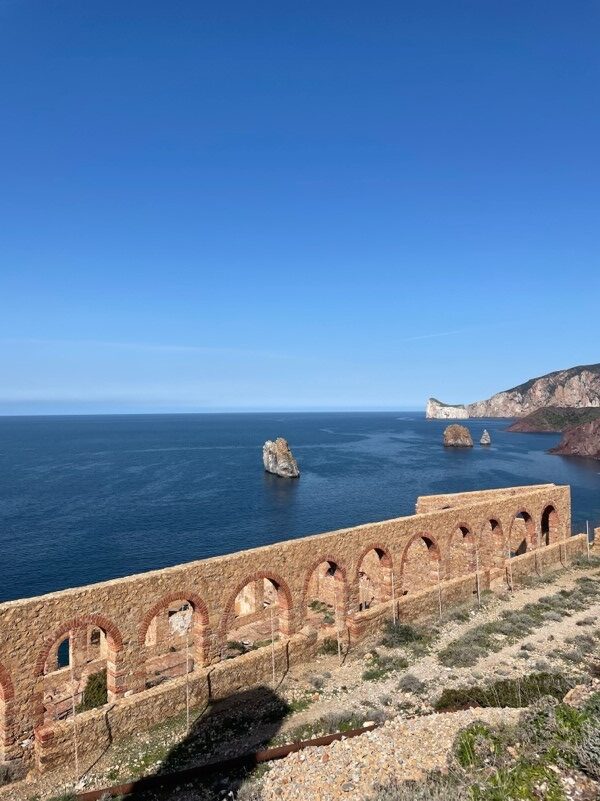
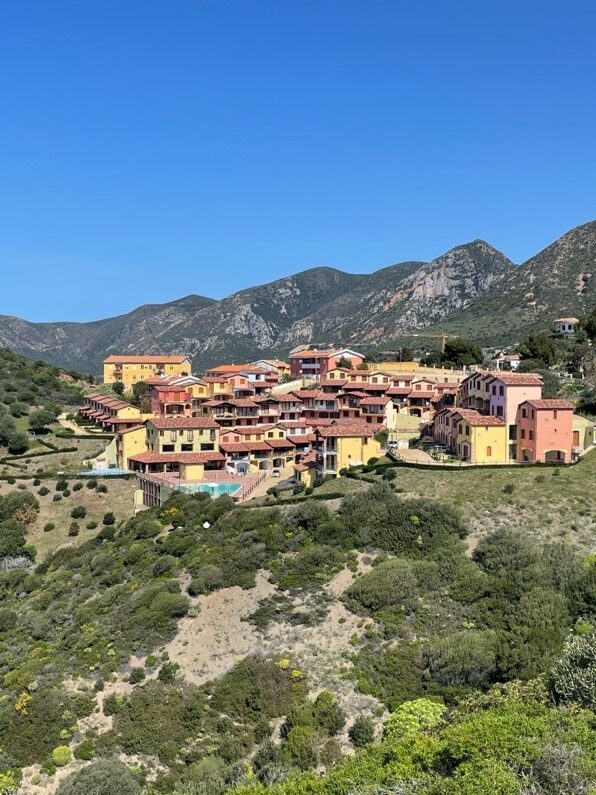
The second stop of our day was Porto Flavia. Just in front of the ticket office is a rest point where we had taglieri and bruschette while we waited for the tour to begin. This lunch with a view was the perfect break before we started the next part of our journey. To reach Porto Flavia, we walked through the hillside underground. While there were few lights to guide the way, we saw the many components that went into operating this port for mineral transport. Boats would pull up to the port where minerals were loaded onto them from the 1920s to the 1960s. Beneath the pathways we walked were huge caverns that would have been filled with the material they were preparing for transport.
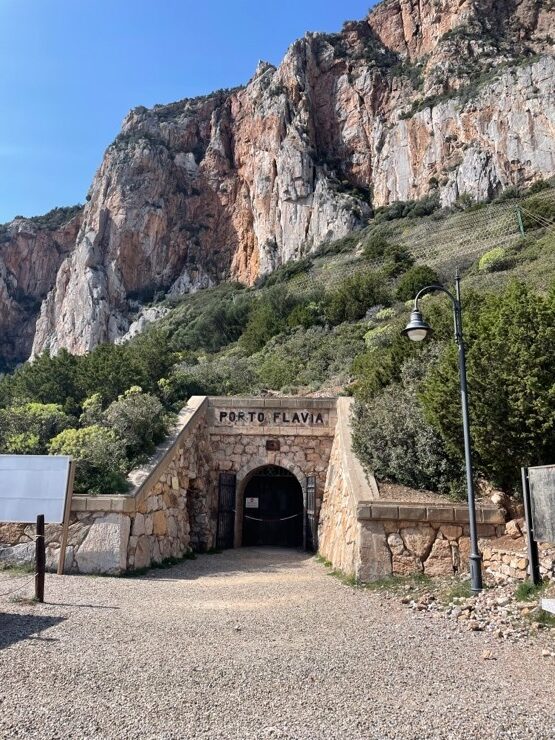
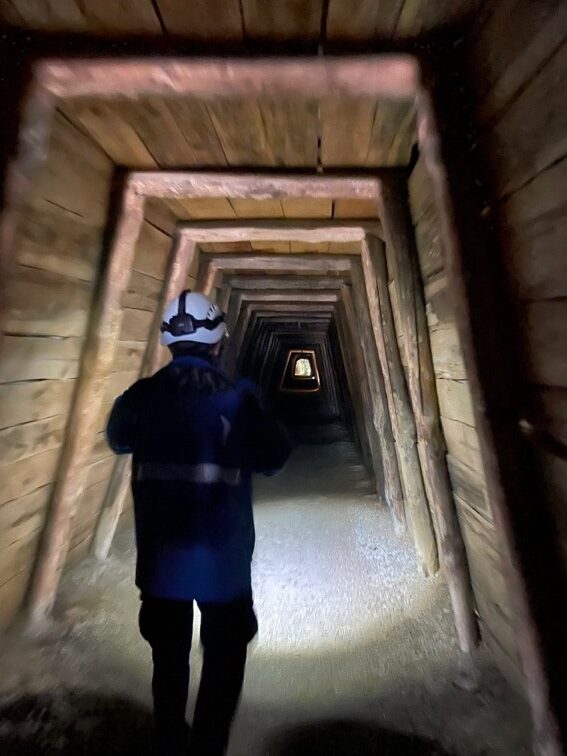
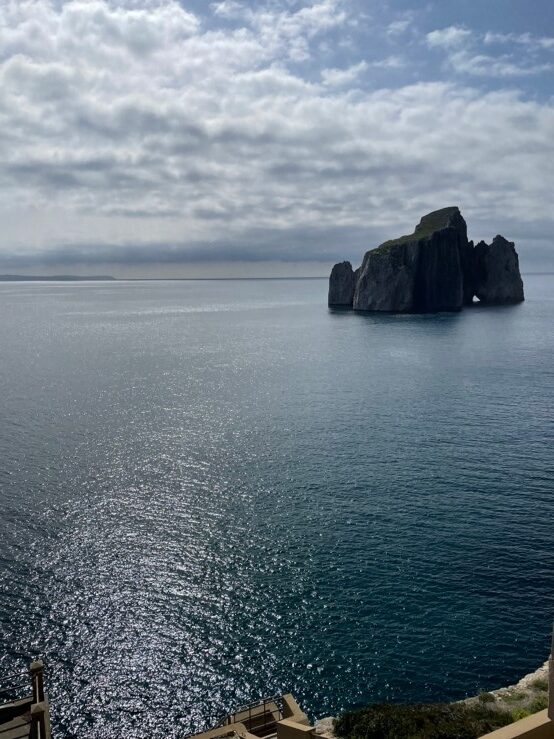
We also learned about the dangerous work that was sometimes required of the workers. If the mineral was not moving through the chute properly, they would have to crawl into a sort of manhole in the ceiling in order to assist in moving the mineral around. And yet, only one person lost their life in all of the years the port was in operation. While seeing the beautiful view from the port and the famous Pan di Zucchero in the distance was fascinating, the danger of the work was still evident. I can only imagine the difficulty the workers in this industry must have faced working there. Today, Porto Flavia is an insight into the past that is a must-see in Sardinia.
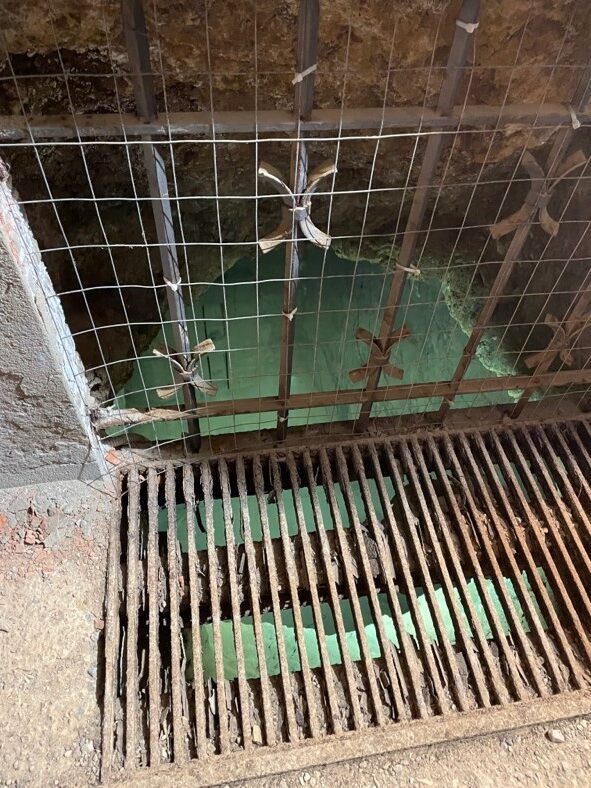
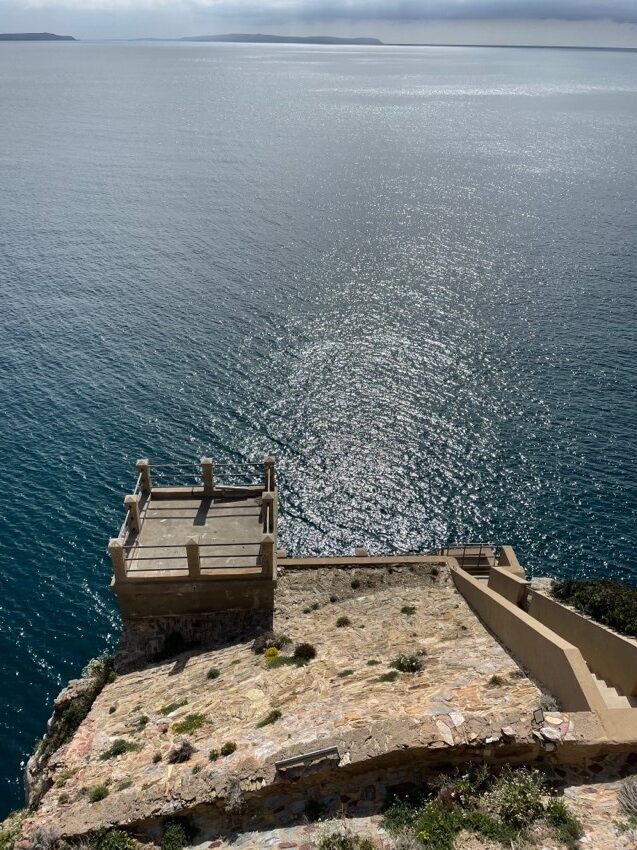
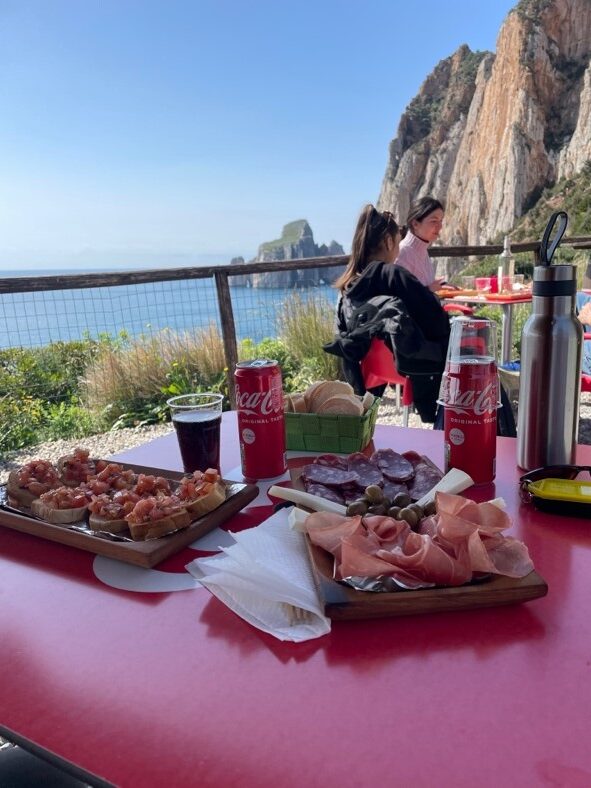
Day Three: La Grotta di Santa Barbara e Ariali
Our final day in Sardinia was bittersweet. Falling in love with Sardinia is easy, but leaving it is anything but. Yet, our final day was equally incredible despite it being the end. We visited the Grotta di Santa Barbara, a stunning cave filled with the most beautiful crystals and formations I have ever seen. To reach the grave, you take a small yellow train which brings you below the cave’s location. Next, you take an elevator up, followed by a short spiral staircase leading directly into the cavern. The cave was only discovered in 1952, but the formations have been around for millions of years. And inside you can see brown barite crystals that can be found in Europe in only this cave. One of the columns inside of the cave even reaches 25 meters in height. It is a truly breath-taking sight to see. And to see it, be sure to book tickets in advance! It is understandably popular and only open for tours at certain times in order to help preserve the cave and all of its formations.
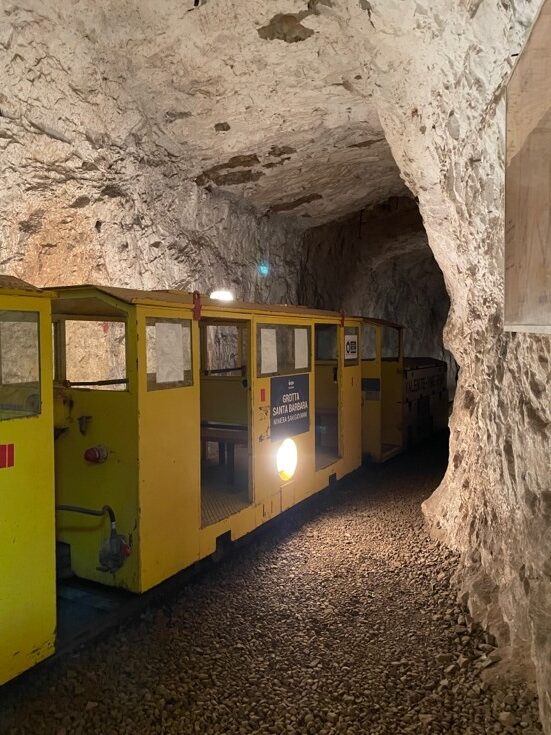
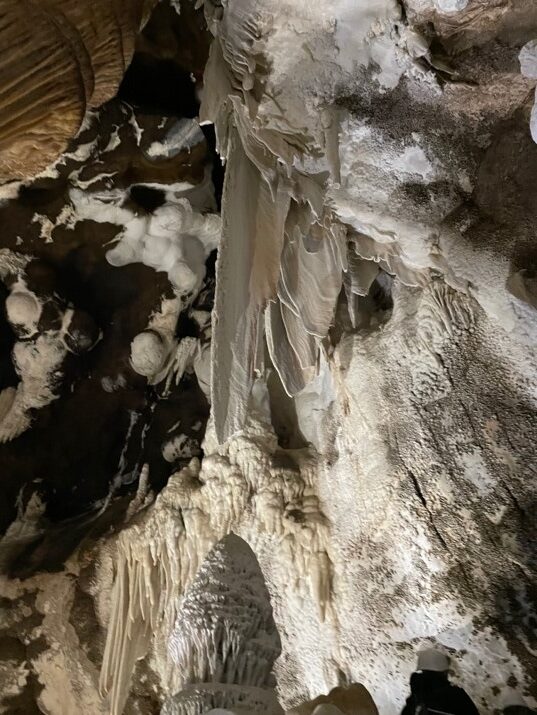
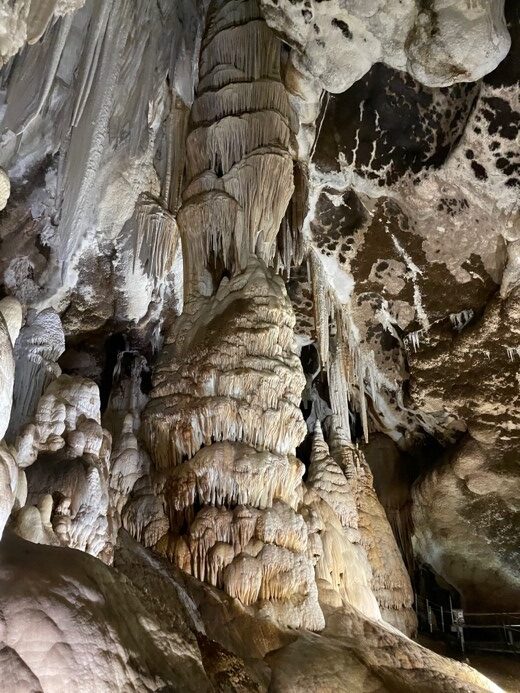
Our final stop on our trip was at Arriali Winery where we tasted 5 different wines and met the wonderful owner, Paolo Pitzolu. Paolo comes from Sardinia and opened his winery in 2018 after having studied wine and traveled the world. He described to us how this winery is his dream. He described his journey in purchasing the land where he worked to save the vines that he now uses for the production of his wines. Not only does his winery provide the opportunity to sample the wines he has created that are truly good, but also the chance to learn about Paolo’s studies and the work he now does. He is truly inspiring to speak with and one of the kindest people in the world who welcomes you to his winery as an old friend.
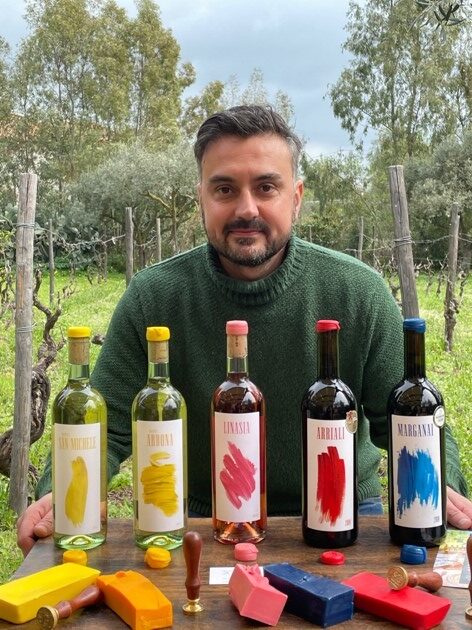
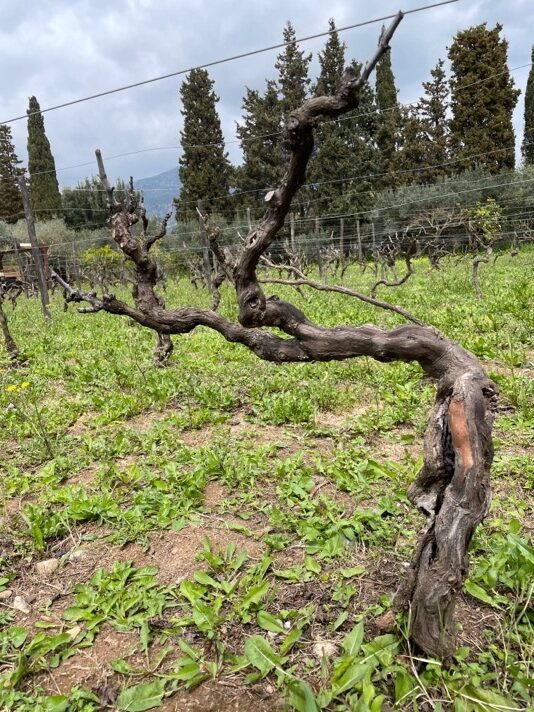
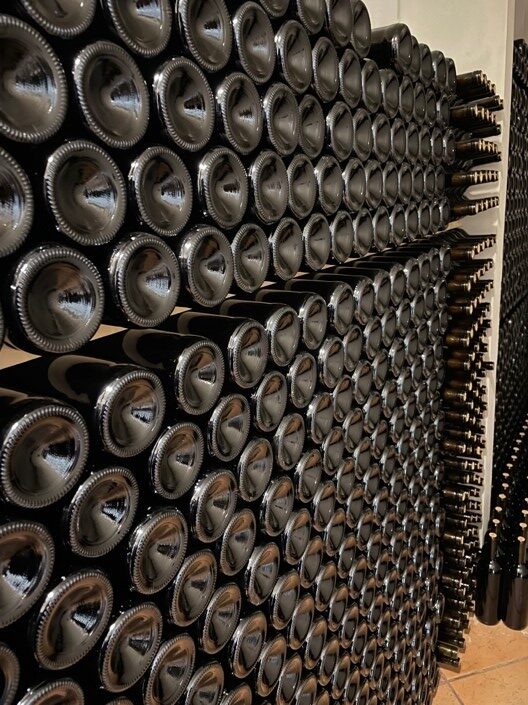
I want to end with a huge thank you to Iglesias Turismo and Visit Porto Flavia for the planning of this trip, and to Italia Slow Tour for including my story on their international website. Every opportunity we were given to explore Iglesias was truly breathtaking and created an unforgettable journey through Iglesias. I know with 100% certainty, I will be back to Sardinia to explore even more of what the island and Iglesias has to offer.
Holly Fizer is a US student of Indiana University studying Italian at BCSP Bologna and chosen as #italiaslowtour Ambassador at a press trip by Iglesias Turismo

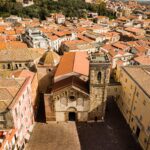
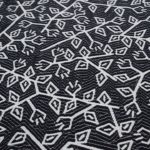
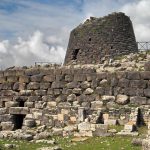
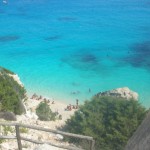
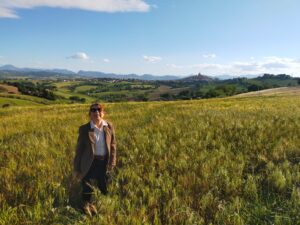
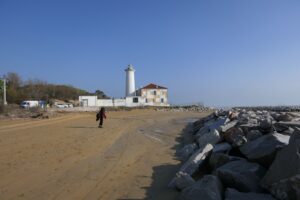
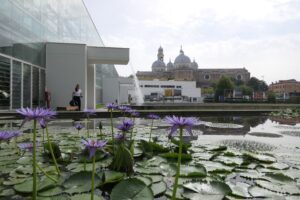







1 Comment
A Tour of Iglesias - Italia Slow Tour - News Fall Out
[…] Source link […]